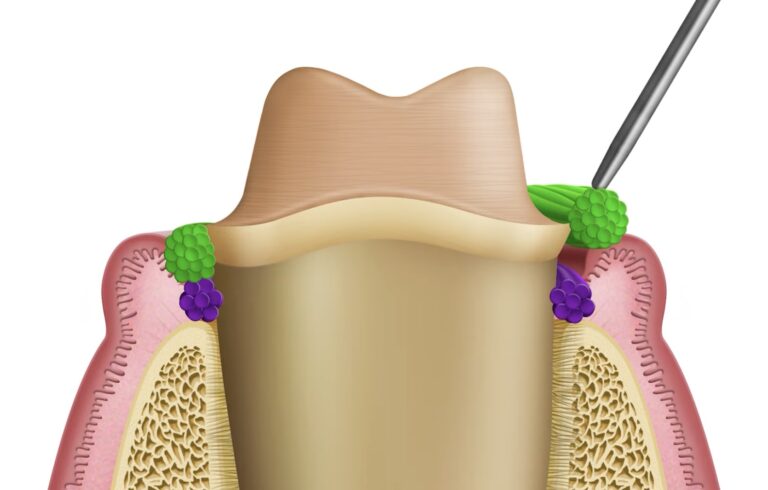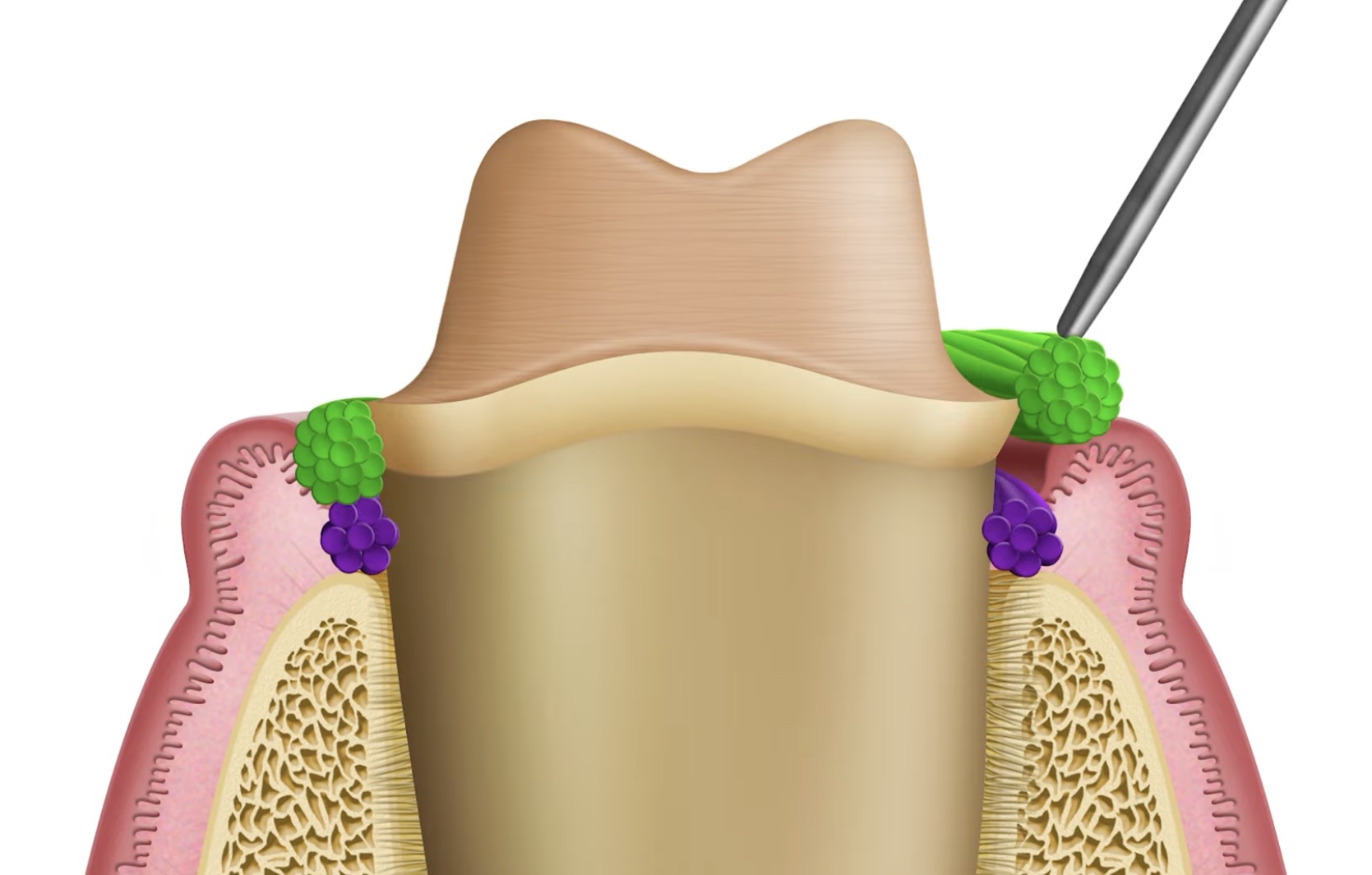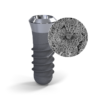- By - Malfaifi
- Posted on
- Posted in Dental Material, Fixed, Prosthesis
Gingival displacement
Current concepts in gingival displacement
Donovan et al 2004

This article discusses the concepts of gingival displacement for optimal impressions
Inadequate impressions are frequently forwarded to commercial laboratories, and the chief deficiency seen in such impressions is inadequate recording of the cervical finish lines.
The primary reason for not adequately capturing marginal detail is deficient gingival displacement technique.
Gingival Displacement:
The goal of the procedure is to reversibly displace the gingival tissues in a lateral direction so that a bulk of low-viscosity impression material can be introduced into the widened sulcus and capture the marginal detail
Requirements for gingival displacement and accurate impressions:
1) Soft tissue management:
With good provsionals, control soft tissue inflammation.
2) Adequate margin placement:
Optimum position of the margin is 0.5 mm from the healthy free gingival margin or 3.0 to 4.0 mm from the crest of the alveolar bone and must follow the natural scalloped form of the attachment and alveolar housing
3) Use a cord of sufficient diameter to provide adequate displacement so that adequate bulk of impression material can be introduced into the sulcus.
The largest cord that can be atraumatically placed in the sulcus should be used.
4) Bulk of impression material:
For accuracy and prevention of impression tear the critical sulcular width of the material should be at 0.2 mm.
Armamentarium
- Retraction cords:
Supplied in three basic designs, including twisted cords, knitted cords, and braided cords. Selection is operator preference with the knitted or braided being the authors choice.
- Hemostatic medicaments:
Four medicaments seem to provide adequate displacement and fluid control and seem to be ‘‘safe’’ in that they do not produce iatrogenic soft tissue damage when used appropriately. These medicaments include aluminum potassium sulfate, aluminum sulfate, aluminum chloride, and epinephrine.
Caution should be exercised with use of epinephrine in patients with hyperthyroidism, diabetics and cardiovascular disease. Also patients taking medication such as monoamine oxidase inhibitors or tricyclic antidepressants, b- blockers or cocaine.
Techniques for gingival displacement
- Classified as mechanical, chemical, surgical, and combinations of the three. Mechanical-chemical is the most common technique among dentists
- Mechanical-Chemical has 3 variations which are 1) single cord technique 2) double cord technique and 3) infusion method of gingival displacement
Method of gingival displacement
1) Single Cord:
Indicated when making impressions of one to three prepared teeth with healthy gingival tissues. Have to wait 8-10 minutes prior to removing cord.
2) Double cord:
Used when making impressions of multiple prepared teeth and when making impressions when tissue health is compromised and it is impossible to delay the procedure
3) Infusion method:
A dentoinfuser with Ferric sulfate medicament (15% or 20%) is extruded from the syringe/infusor as the instrument is manipulated around the gingival sulcus. This is followed by cord placement. It is an effective ancillary technique for control of hemorrhage when using the single cord technique.
No clinical study has demonstrated the superiority of a single technique for gingival displacement, with the choice of procedure to use depends upon the presenting clinical situation and operator preference. S



